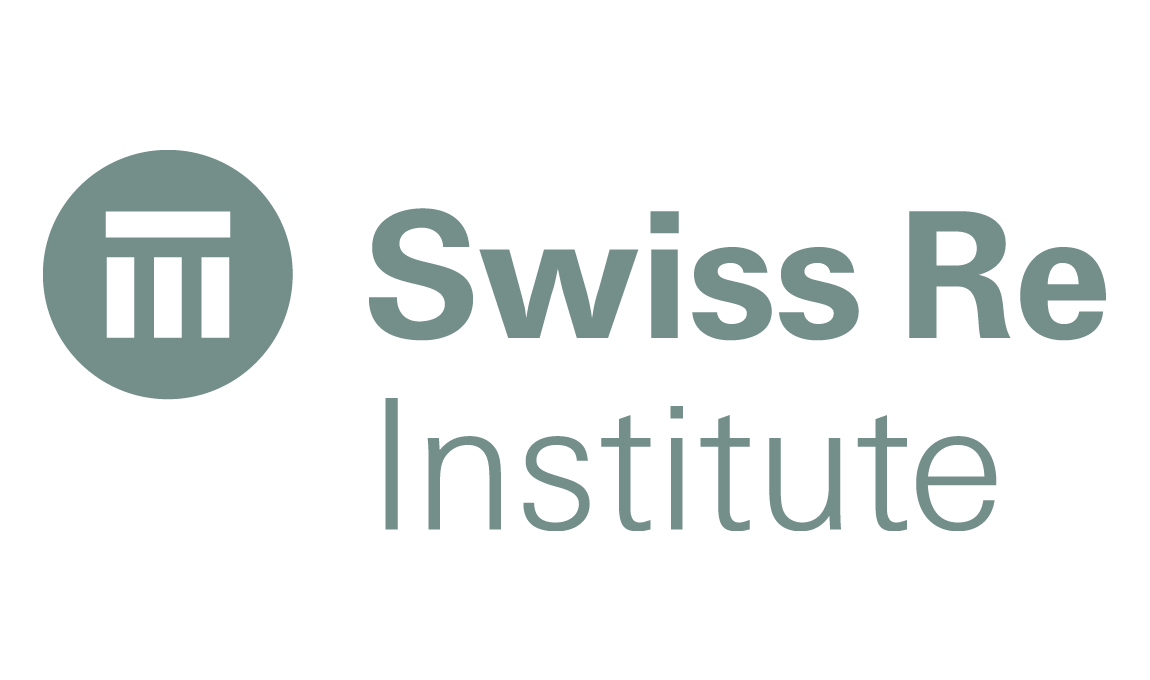Swiss Re Institute’s recent Sigma Report recognises substantial global progress in crop resilience but emphasises the urgent need for additional efforts to address the significant $113 billion crop protection gap.
 Crops, which account for 65% of global agricultural output, serve as a crucial indicator of the overall resilience of the agriculture sector.
Crops, which account for 65% of global agricultural output, serve as a crucial indicator of the overall resilience of the agriculture sector.
Crop yields directly impact various aspects of food security, including hunger prevalence and the livelihoods of farmers.
The vulnerability of agricultural production to shock events, such as extreme weather conditions, fires, and pests, poses a significant risk to producing countries across the globe.
Agricultural insurance plays a pivotal role in mitigating the losses farmers face due to adverse events that lead to poor crop harvests.
This coverage not only helps farmers manage transitions imposed by climate change, evolving demographics, and biodiversity but also stabilises their income and reduces poverty.
Additionally, it acts as a safety net against climate risks and promotes food security, ultimately contributing to social well-being and reducing the risk of unrest.
The report underscores that a low crop insurance protection gap in key producing countries enables farmers to quickly resume production after shocks and export to dependent economies, alleviating potential food shortages.
Notably, emerging Asia, including India and China, accounts for nearly two-thirds of global crop production by value, with China alone contributing approximately 38%.
The global crop protection gap, estimated at $113 billion in 2022, corresponds to approximately 59% of the insurable value of crop production left unprotected.
This translates to a resilience index value of around 41%. Comparatively, the protection gap has increased by 4.2% annually, partly due to inflation and the rising prices of commodities and farming inputs.
The growth of crop production, advancements in agro-related technology, and improving regulation in areas such as fertilisers and phytosanitary controls have also contributed to the widening gap.
The report acknowledges that the gain in crop resilience is particularly significant compared to other perils covered.
The improvement can be attributed to the rising penetration of agroinsurance, driven by public schemes and subsidies in various countries.
However, the report emphasises that global gains in resilience are primarily driven by a limited number of economies, calling for a more widespread and inclusive push to enhance crop protection worldwide.


